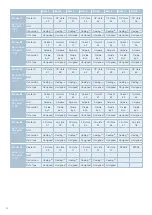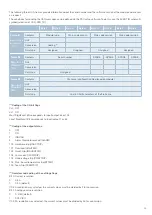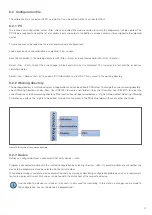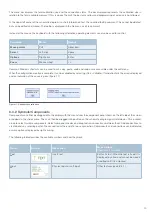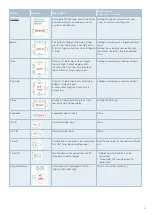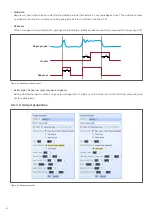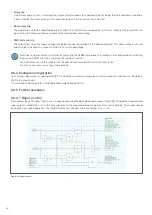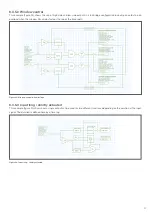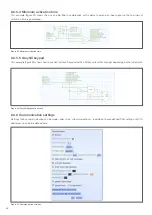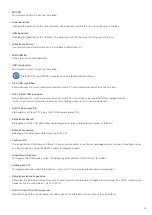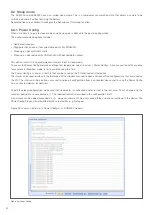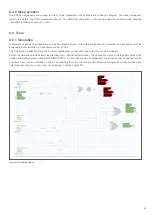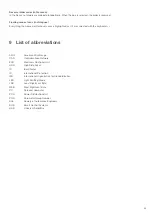
56
• Alarm trip
A CAN message is sent as a warning if the output current exceeds the specified value for longer than the specified time period.
It also activates the status output of the respective output if »Alarm active« was selected.
• Board temp trip
The output trips when the board temperature exceeds the set maximum temperature. In this way, outputs with low priority can
be switched off in favour of others to prevent the module from overheating.
• PWR Volts min trip
The output trips when the supply voltage falls below the defined voltage for the defined duration. This allows outputs with low
priority to be switched off in favour of others in case of undervoltage.
Fault trips can be reset with a 'circuit reset' (activating the RESET device (event-in symbol) in the configuration or switching
the physical RESET pin) or by switching the supply on and off.
Any CAN frame sent to the module with the defined fault reset identifier will also reset faults.
A reset can only occur once every two seconds.
8.3.4 Example configuration
An example configuration is supplied with the PC installation and contains examples of most components and their use. By default,
this file is stored under:
C:\Users\Public\Documents\E-T-A\PduSetup\ExampleCalibration.PDU
8.3.5 Further examples
8.3.5.1 Wiper control
This example (figure 22) shows how to use a 2-speed wiper using the dedicated wiper output of the SCS3000 modules. The dedicated
wiper output is noted with a »D« in the pin assignment in the module datasheets, because it contains a diode. This output should
be used for low-speed operation. The standard output pin should not be connected if it is in use.
Figure 22: Wiper control

